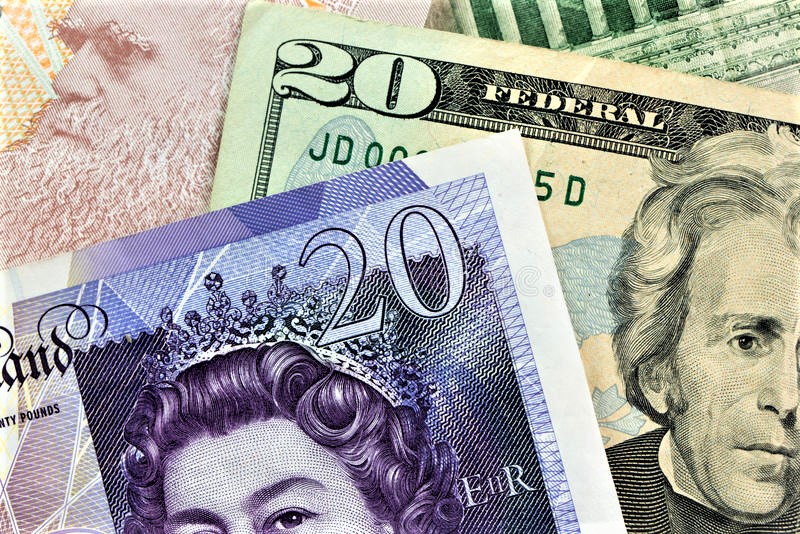Oct 1, 2022
VOT Research Desk
Key Insights and Analysis
- Inflation cannot be reduced by massive quantitative tightening.
- As Russia continues to reduce supplies, Europe’s green energy plan backfires.
- The EUR/USD corrective advance loses steam as economic turmoil persists.
The EUR/USD pair began the week on the wrong foot, hitting a new 22-year low of 0.9535 before reversing course midway through the week to make substantial gains before settling around the 0.9780 mark.
In the midst of the massive quantitative tightening (QT) effort by central banks, concerns about inflation and prospects for a global economic downturn rekindled volatility. Policymakers from all over the world have begun liquidity-draining procedures as price pressures continue, stalling economic progress.
The BOE’s chimes sent yields on government bonds skyrocketing because investors expected inflation to continue rising. On Wednesday, the 2-year note yield peaked at 4.34 percent and the 10-year note yield peaked at 4.01 percent, both new record highs for US Treasury yields. Bonds fall more frequently the higher the yields go.
The circumstance is not restricted to the United States alone. After GBP/USD dropped to an all-time low of 1.0317 on Wednesday, the Bank of England decided to intervene by purchasing long-dated debt to stabilize financial markets. The central bank also said that it would continue its QT program, but it put off selling gilts until October 31.The decision was made following the announcement of a mini-budget by the new UK Prime Minister Liz Truss that included £45 billion in unfunded tax cuts, causing financial turmoil.
Both the UK Government’s and the BOE’s measures were criticized equally, but the central bank’s decision sent stocks and bonds plunging worldwide. While US indexes fell to new 2022 lows, yields on US government bonds decreased by roughly 20 basis points. As a result, falling yields had an effect on the USD, causing the oversold currency to begin to fall.
There is no reason to believe that the EU is in better shape than the United States, so the majority of the advance in the weekly EUR/USD could be attributed to this financial turmoil. In fact, it faces difficulties that could result in the greatest ever economic setback.
The most recent official announcements confirmed the Union’s persistent inflation. In September, Germany’s Harmonized Consumer Price Index increased by 10.9% year-over-year, while the EU HCPI reached multi-decade highs of 10% during the same time period. The energy crisis is another factor hindering EU progress. Russia’s deliveries of gas to the Union have decreased by roughly 50% since it started a war with Ukraine.
As the Old Continent struggled to obtain sufficient gas to withstand the winter, energy costs skyrocketed. Rising energy costs and the dynamics of the European energy market are the direct causes of the controversial tax cut implemented by the UK government.
“To address recent dramatic price rises,” the EU Commission proposed an emergency intervention in Europe’s energy markets. A temporary revenue cap for non-conventional electricity producers, a temporary solidarity contribution on excess profits generated from activities in the oil, gas, coal, and refinery sectors, and an obligation to reduce electricity consumption by at least 5% during selected peak price hours are all parts of the proposal.
However, Russia and the rigged European wholesale energy market are both to blame for this crisis. Additionally, European governments have been compelled to switch to renewable energy sources from nuclear and fossil fuels. Nuclear energy has suffered as a result of green policies being at the top of the agenda for a decade, and some nations are only now considering reviving it.
The culmination of everything is the assertion made by policymakers on both sides of the Atlantic that they will continue the rapid pace of quantitative tightening while subtly threatening with more aggressive measures.
On the data front, the German numbers were frightening. Inflation remains the same.In September, wholesale food prices increased by 19%.In October, the Gfk Consumer Confidence Survey fell to -42.5 from -36.8 and the IFO Business Climate Survey decreased to 84.3, both of which were lower than anticipated. The Economic Sentiment Indicator also fell short of expectations in the EU, falling from 97.3 in August to 93.7 in September.
Although the figures from the United States were not exactly encouraging, they nonetheless presented a more resilient picture. In August, Durable Goods Orders decreased by a sizable and more than anticipated 0.2 percent, while the core reading, Nondefense Capital Goods Orders ex-aircraft, increased by an impressive 1.3 percent. According to CB, the country’s consumer confidence increased more than anticipated, and the country’s gross domestic product contracted at an annualized rate of 0.6% in the three months leading up to June.
Last but not least, the core Consumption Personal Expenditures Price Index was released in the United States. In August, it increased by 4.9 percent year-over-year, exceeding the 4.7 percent market forecast. Risk-averse trading was fueled by inflation that was higher than expected, which caused stocks to fall and yields to rise. This helped the USD recover further ahead of the weekly close.
S&P Global will next release the September Manufacturing PMI estimates for the EU and the US on Monday. The official ISM index for the US is expected to be 52.8, which is the same as August. The ISM Services PMI will report on Wednesday, and it is anticipated that it will have decreased to 56.5.
The August Retail Sales data for Germany, the EU, and the US will be released at the end of the week. The September Nonfarm Payrolls report will be released by the US. The nation is anticipated to have created 250 thousand new jobs in the month, and the unemployment rate is anticipated to remain at 3.7%.









